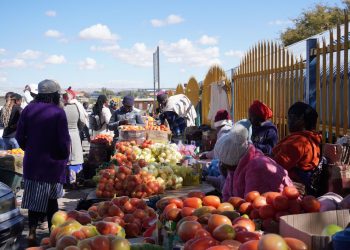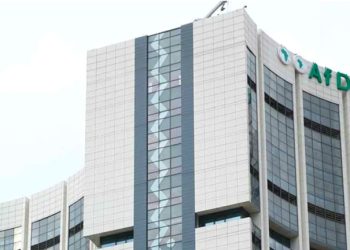
The government has revised the development of the sixth National Development Plan (NDP6) in an effort to expedite the programmes and projects of the second Harambee Prosperity Plan (HHPII), an official has said.
According to the National Planning Commission (NPC), the government has also extended the fifth National Development Plan (NDP5) for an additional two years to allow for the completion of its programmes and projects.
Director General of the National Planning Commission Obeth Kandjoze stated that the effects of Covid-19 and its long-lasting consequences have shrunk Namibia’s open economy, resulting in an impact on the available public and private resources.
“I am pleased to inform the nation that the National Planning Commission will, in the not-too-distant future, launch the NDP6 formulation process, which will be characterised by wider consultations with all our stakeholders this year, 2023. This will ensure ownership of the process, output, and outcome of the plan,” Kandjoze said.
“It is worth noting that the NDP6 will constitute the last stretch of our development journey towards realising the vision 2030 goals and objectives. At the same time, this will mark the end of the Global Sustainable Development Goals.”
He highlighted that the completion of the development frameworks will usher the country into another long-term planning cycle.
“Notwithstanding the economic recovery experienced starting in 2021 going forward, the government has come to the realisation that this natural growth will not be sufficient to address Namibia’s ambitions and ultimately improve the standard of living of the Namibian people,” he said.
“The government, through Cabinet, advised concentrating efforts on prioritising Harambee Prosperity Plan II programmes and unfinished business of the Fifth National Development Plan during the period 2003/24 to 2024/25 while NDP6 was being developed. The plan frames the achievement of progress within a framework of ensuring the ability of future generations to thrive.â€
NDP5, which covers the period from 2017/18 to 2021/22 financial years, has four key goals, namely: achieving inclusive, sustainable, and equitable economic growth, building capable and healthy human resources, ensuring a sustainable environment and enhancing resilience, and promoting good governance through effective institutions.
The National Planning Commission developed the long-term perspective development plan – Vision 2030, and consecutive national development plans.
Kandjoze noted that the government, under the leadership of NPC in collaboration with the Ministry of Finance and Public Enterprises, Bank of Namibia, Ministry of Industrialisation and Trade, including the Namibia Investment Promotion and Development Board, assisted by Harvard University, undertook a comprehensive study on sustainable and inclusive Prosperity for Namibia.
“With this study supplemented by other studies and initiatives by other ministries and agencies, the government will formulate an Economic Recovery and Resilience Strategy to underpin the Sixth National Development Plan.â€
Earlier this year, President Hage Geingob warned Cabinet Ministers against complacency and directed them to hasten the implementation rate of key government projects, particularly agriculture, housing, and education. This was after he noted that the government’s rate of execution was weak and thus called for a critical examination of processes and an expedited rollout of important projects.
Geingob admitted that much work still remains to be done if the government is to realise the objectives set out in Vision 2030, development plans, and the Harambee Prosperity Plans.











